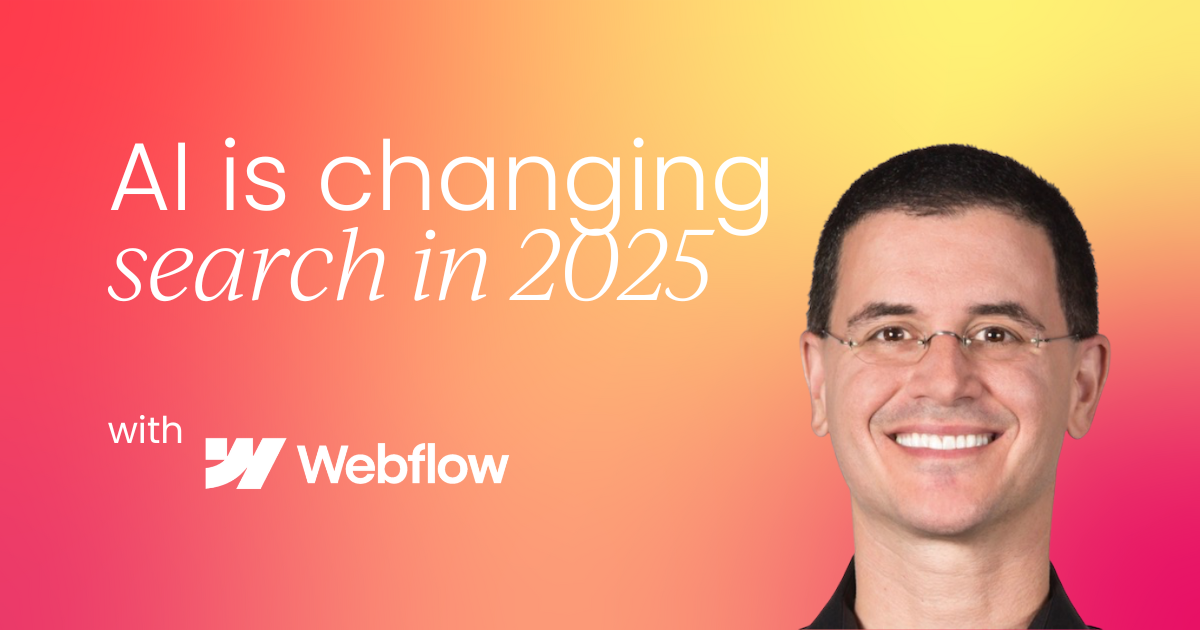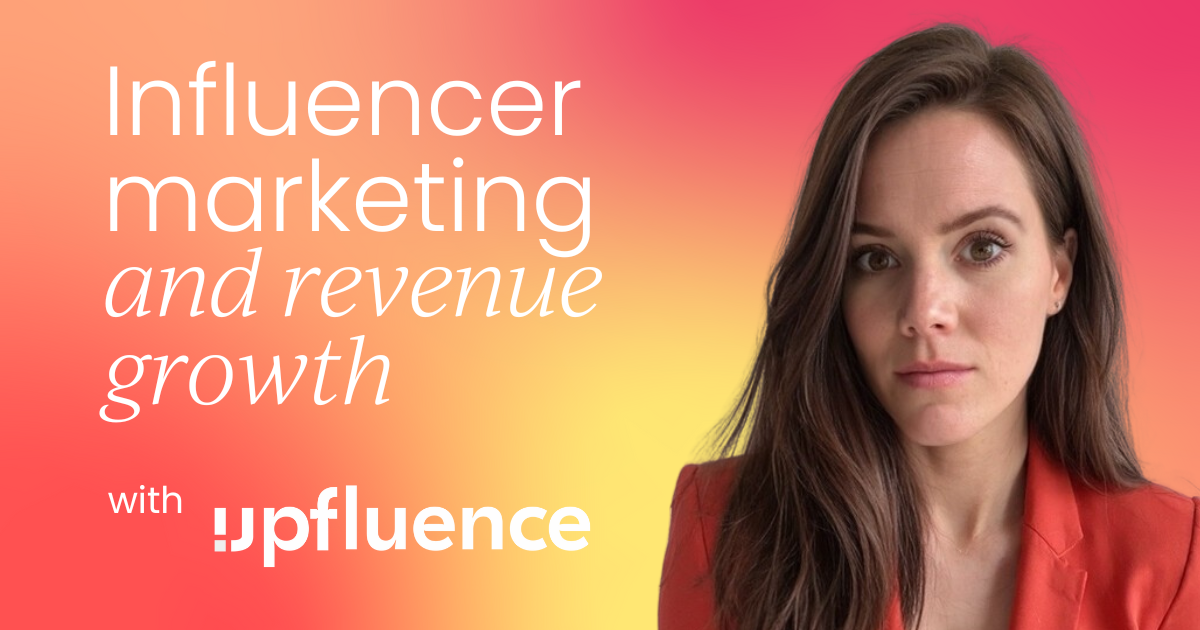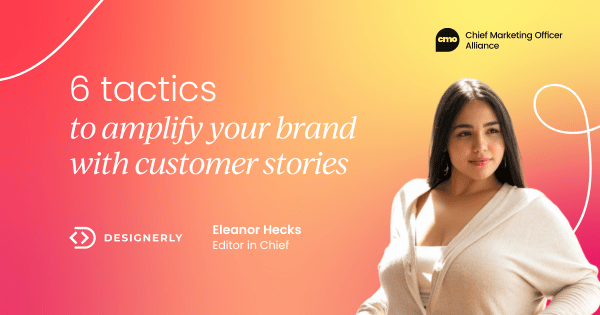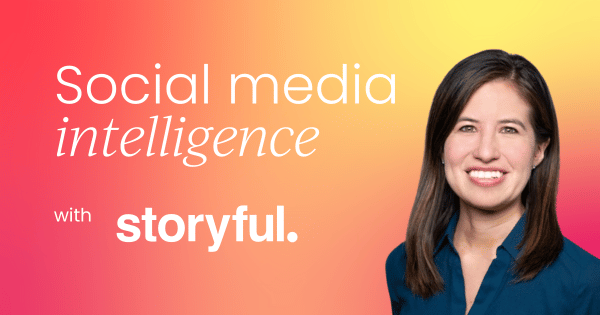Chances are, you’re already using social media intelligence, but take a minute to mull over these critical questions:
- Are you using it to its fullest potential?
- How can you maximize the benefits?
- When is it most useful?
If your answer to any of these questions is “Hmm… I’m not sure,” you’re in the right place.
In this article, I'll walk you through the practicalities of leveraging social media intelligence. We'll cover how to make sure your approach is thorough, how to set up clear frameworks for measuring success, and pinpoint the key areas where social intelligence really shines.
Whether you're already using social media intelligence or planning to use it in the future, by the end of this article, you’ll have the framework you need to make it a success.
Storyful's unique approach to social intelligence
Before we dive in, let me introduce myself and set the context with a little info about what my company does.
I’m Maria Pacheco, and I’ve been the CEO of Storyful for about four years. Storyful started out verifying social content for newsrooms, which meant building proprietary tools and investigative techniques to cut through vast amounts of online data to find factual information. This experience shaped our unique methodology.
Today, we apply these same tools and expertise to help companies manage their brand reputation, anticipate risks, and spot consumer trends. We're not a SaaS platform; instead, our expert analysts use our AI-powered tools in a consultancy model.
This hybrid approach ensures clients get deep, strategic insights from cutting-edge AI combined with human expertise, making data truly actionable.
Maximizing social media intelligence: A three-pronged approach
So, how do you get the most out of social media intelligence? I like to break it down into three main areas:
- The right methodology and approach
- Having a clear framework to measure that intelligence
- Knowing exactly where it's most useful.
Let’s take a closer look.
1. The right methodology and approach
When it comes to any kind of data analysis – social media intelligence included – we all know that bad inputs will give you meaningless outputs. So, let’s dive into some tips that’ll help you ensure you’re using the best possible data.
Get diverse data to spot early risks
First off, your social media data needs to be varied enough to catch early risk signals.
Often, before something goes viral on one platform, it starts brewing on a totally different one. If you don't have that cross-platform view, you'll miss those early signals. You really need that full breadth of data.
At Storyful, we tackle this by pulling raw social data from over sixty platforms. This includes all the major ones, but also those fringe and "dark" websites that are super helpful for getting those early signals. And yes, it's all GDPR compliant.
Apply the right filters
Next, you've got to apply the right filters to that data. For example, instead of just dumping all the brand information we have into our tools, we run targeted Boolean searches. These are based on the specific area we're investigating, plus our own industry and topical expertise.
This multimodal data then gets cleaned up, both manually and through automated processes – we always believe in combining automation with human expertise. Then, it’s enriched by Storyful's AI data pipeline, which adds metadata for much more detailed analysis.
Use AI to find patterns fast
Third, you need to leverage AI to quickly find patterns within all that data. At Storyful, we built a narrative tool called ANNI just for this. ANNI uses AI vectorization to analyze text data for semantic relationships, then clusters them based on thematic similarity. This all comes together in an interactive map, making it easy for our analysts to zero in on key topics and inflection points.
AI also powers our internal audience mapping system, Cosmos. It’s like influencer cartography; an interactive network map shows how entities connect and interact. This lets us map influence through different lenses and across platforms.






.png)









 Follow us on LinkedIn
Follow us on LinkedIn




